Staff Spotlight: Celebrating Historic Preservation on Main Street
For Preservation Month, Senior Program Officer Lisa Thompson explores why preservation matters and how Main Streets can celebrate and protect their historic assets.
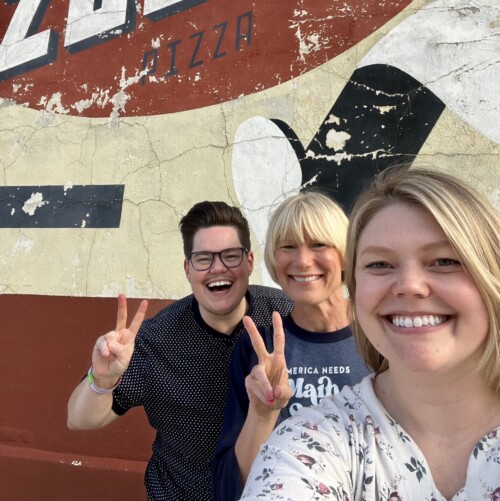
Marion, Iowa © Tasha Sams
We work in collaboration with thousands of local partners and grassroots leaders across the nation who share our commitment to advancing shared prosperity, creating resilient economies, and improving quality of life.
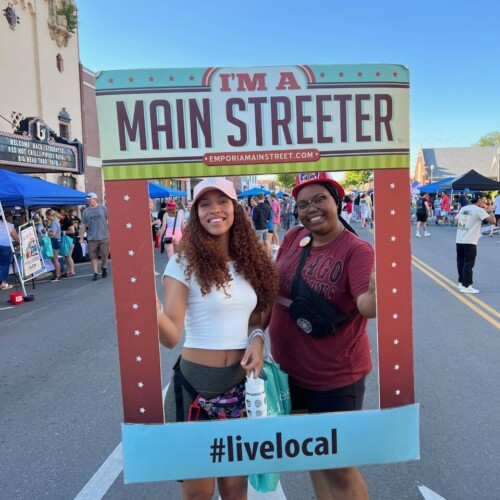
Emporia, Kansas © Emporia Main Street
Made up of small towns, mid-sized communities, and urban commercial districts, the thousands of organizations, individuals, volunteers, and local leaders that make up Main Street America™ represent the broad diversity that makes this country so unique.
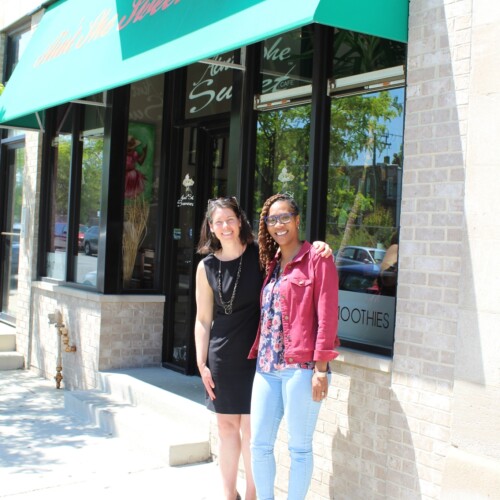
Chicago, Illinois © Main Street America
Looking for strategies and tools to support you in your work? Delve into the Main Street Resource Center and explore a wide range of resources including our extensive Knowledge Hub, professional development opportunities, field service offerings, advocacy support, and more!
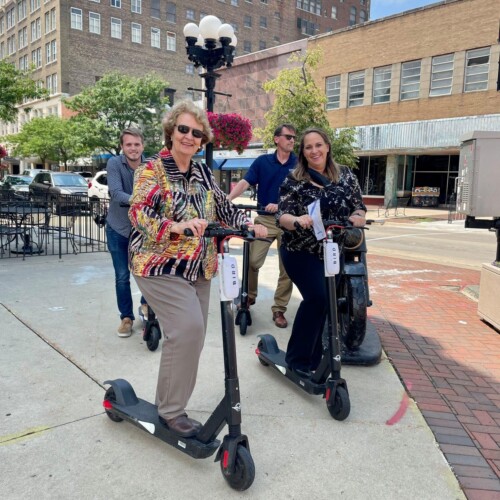
Waterloo, Iowa © Main Street Waterloo
Your one-stop-shop for all the latest stories, news, events, and opportunities – including grants and funding programs – across Main Street.
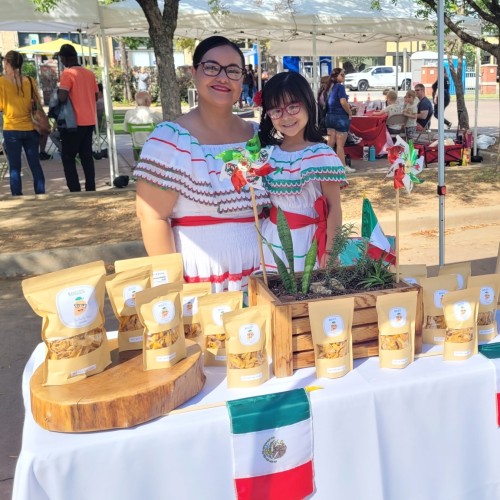
Kendall Whittier — Tulsa, Oklahoma © Kendall Whittier Main Street
Join us in our work to advance shared prosperity, create strong economies, and improve quality of life in downtowns and neighborhood commercial districts.

In the early 20th century, the neighborhood made up of the 200 and 300 blocks of West Jackson Street in Thomasville, Georgia, known as The Bottom, was the heart of the African American community. In the rest of the city, segregation limited the establishments that black residents could visit, but The Bottom had everything they needed. “In The Bottom, we had our own theater there,” said local historian Jack Hadley. “We had our own drug store. We had a taxi car company. We had restaurants, and we had pool room section.”
Integration changed everything in The Bottom. Once black residents were able to patronize other businesses, a lot of foot traffic left the neighborhood, and the black businesses soon closed their doors. The neighborhood faded into history.
Over the years, efforts to preserve the stories of The Bottom have brought new vibrancy to the district. Through community-led initiatives, Thomasville has successfully preserved the culture, fabric, and stories that defined this well-loved neighborhood while paving the way for a more prosperous future.

In March of 2014, City of Thomasville leadership and staff hosted a three-day intensive workshop to discuss the formation of a new Creative District in The Bottom. More than 120 community leaders and citizens participated in developing a multi-year vision plan to “embrace the geographic context of our land, express our rich cultural heritage, leverage the energy of the New South trend, increase economic opportunity, revitalize the historic area, and bring our creative community resources together.” The plan was built around three major projects: a community trailhead, The Ritz Amphitheater and Park, and the West Jackson Streetscape project. “Your downtown city center is the heartbeat of your community,” said April Norton, Managing Director of Marketing and Communications at Thomasville Main Street. “Therefore, community preservation must start there.” Since 2014, the neighborhood has received more than $12 million in public and private investment in the area and a net gain of 40 new businesses and over 200 new job opportunities.
The Thomasville Center for the Arts has played a significant role in activating public arts programming in The Bottom. “We got involved because it was an area of town that really had not had a lot of development and it has such rich history for our community that we know that arts can activate,” said Executive Director Michele Arwood. Murals, pop up shops, new businesses, music festivals, youth outreach, and other programs have gone a long way in reintroducing people to The Bottom and increasing foot traffic.

To help activate the history of the neighborhood, the city reached out to local historian Jack Hadley. He grew up in Thomasville, frequently visiting the businesses in the Bottom. He moved away for his military career, and then returned to raise his family. Over time, he developed a passion for collecting and preserving African American history, especially the history of his community. In 1995, he founded the Jack Hadley Black History Museum and has since curated multiple powerful exhibitions on local history. “I look at people around the community and we're really a museum that people are really calling on,” said Jack Hadley.
In 2013, Jack’s granddaughter graduated from a university in Oklahoma, and while they were out attending the ceremony, she brought him to see Black Wall Street in Tulsa. The street there is decorated with bronze plaques that marked the locations of the historic black businesses that defined that neighborhood and were destroyed during the Tulsa Race Massacre in 1921. This celebration of black excellence inspired Jack to create something similar in Thomasville, and when the city reached out to him, he proposed they install similar plaques in The Bottom.
Once the project was approved, Jack quickly got to work contacting people who could identify the former business owners in The Bottom. Along the way, he collected their stories and helped them re-connect with their past. Today, within the brick pavers are plaque inlays that commemorate historic African America, Greek, and Jewish businesses. “It’s almost like a dream come true even though the buildings are not there, and the people are not there to run them,” said Jack Hadley. The powerful stories he collected were captured in this documentary last year.
“It is a huge source of community pride,” said Alston Watt at the Williams Family Foundation of Georgia. The Williams Family Foundation of Georgia has a long history of engagement in The Bottom and jumped at the chance to help with these efforts. They partially funded the plaque project and have provided funds for future planned work as well. “This is about expanding the narrative of Thomasville’s history,” said Alston Watt. “This project has been a huge success as the families and community members that frequented The Bottom were involved from the beginning in coming up with suggestions on how to share the history of The Bottom.”
Thomasville Main Street also played a key role in the historic storytelling projects in The Bottom. Along with the plaques, they helped install a commemorative wall that honors Reverend Earl Williams, Thomasville’s first African American Mayor, and the historical significance of The Bottom. A second phase of preserving history is set to include a storyboard documenting the history of The Ritz as the namesake for The Ritz Amphitheater and Park and the creation of a virtual tour of these landmarks to include recorded voices of community members describing the sites. Thomasville Main Street encountered many challenges, from the COVID-19 pandemic to the long timeline necessary to develop a project of this caliber, but the results have been overwhelming. “The completion of these projects will provide extended opportunity to educate, promote and preserve the history of The Bottom, telling the story to all visitors,” said April Norton.

Cadence Kidwell was looking for a location for her new business, Fuzzy Goat Yarn, when she came across the story of The Bottom. The rich history and sense of community appealed to her and her target customer base. “We're a yarn shop, and so it's all about making people feel like they can come in and ask for help and that they're welcome,” said Cadence. “It's just really the heart of our mission.” Cadence maintains a connection to preservation efforts in the neighborhood by attending local meetings and participating in planning opportunities. She sees the preservation of the black history as an essential part of the community and the success of her business.
Several of the pop-up shops supported by the Thomasville Center for the Arts have also taken up vacant spaces in the neighborhood and established a permanent presence. The economic success of the district cannot be separated from the community work that followed the creative district designation. “You definitely see a vitality there that it's not been there since the seventies,” said Michele Arwood. “It's really been a natural evolution to watch business move into the area, which has brought so much vitality to the neighborhood around it.”
April Norton sees this connection between preservation and revitalization as the heart of the Main Street Movement. “The revitalization of the Creative District, historically known as The Bottom, hasn’t just brought new vitality to the area, it has been an economic boom,” she said. “It’s never one single development,” said April Norton. “It’s the preservation of a ‘sense of place’.”
Today, The Bottom is filled with new businesses and exciting cultural events. The Thomasville Center for the Arts runs regular programming including festivals, exhibitions, education, and outreach. The Jack Hadley Black History Museum is working on preserving the story of the Imperial Hotel, one of ten Green Book hotels in Georgia. “We know cultural and artistic experiences have the power to transform cities,” wrote the city in the original creative visioning plan for The Bottom, and through these and other efforts, that transformation is well underway.
Thomasville Main Street credits the success of the project with the many partnerships that helped it come to fruition, including the Thomasville Center for the Arts, Thomasville Landmarks, Pebble Hill Plantation, the Thomasville History Center, and the Jack Hadley Black History Museum. “Without our partners and the community input, we would not be where we are today in preserving and telling the story of this significant area of Downtown Thomasville,” said April Norton.
“Buildings are more than structures—they tell a story, and those stories need to be told,” said Alston Watt. At the center of this project is the idea of community preservation—preserving the culture and stories that make a place special. “I like to think of community preservation as a living time capsule of community life and development,” said April Norton. A lot of the original structures and physical history of The Bottom have been lost to time, but the people of Thomasville have shown that there is plenty left there that is worth preserving. “We do things to connect in terms of the built environment, making sure that we're preserving the integrity of what was there, but thinking about where that can go in the future and evolve with it,” said Michele Arwood.